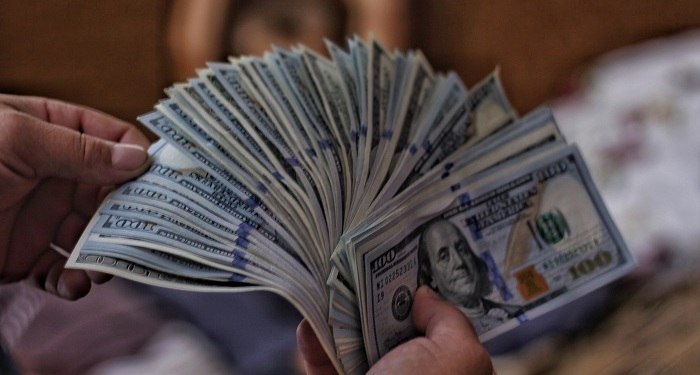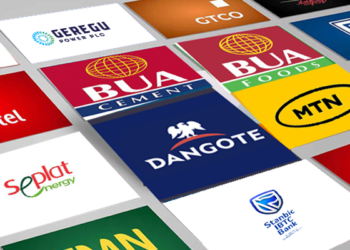The Central Bank of Nigeria (CBN) introduced a special trading segment called the Investors’ & Exporters’ FX Window (I&E FX Window) to enhance liquidity and facilitate the timely execution and settlement of eligible foreign exchange (FX) transactions.
This window aims to deepen the FX market and accommodate the FX obligations of investors, exporters, and end-users.
Purpose of the I&E Window: The primary goal of the Investors’ & Exporters’ FX Window is to enhance liquidity in the Nigerian FX market.
- By providing a dedicated platform for investors, exporters, and end-users, the CBN aims to accommodate all FX obligations and ensure efficient price discovery based on prevailing market conditions.
Eligible Transactions
The I&E Window allows for various types of transactions, including:
- Invisible Transactions: This category covers a wide range of transactions such as loan repayments, dividends/income remittances, capital repatriation, consultancy fees, technology transfer agreements, personal home remittances, and other eligible invisible transactions outlined in the CB Foreign Exchange Manual.
- Bills for Collection: Transactions related to bills for collection, which involve the collection of payments on behalf of customers, are also eligible to access the I&E Window.
- Trade-related Payment Obligations: Any other payment obligations arising from trade activities can be processed through the I&E Window at the customer’s discretion.
It’s important to note that for the above permitted invisible transactions and bills for collection, only US dollars sourced from the CBN FX Window (limited to Secondary Market Intervention Sales – SMIS) Wholesale (Spot and Forwards) are eligible for purchase.
Additionally, any other trade-related payment obligations can be executed through the I&E FX Window at the customer’s request.
Participants
The supply of foreign currency to the I&E FX Window is sourced from portfolio investors, exporters, Authorized Dealers (such as banks), and other parties with foreign currency holdings to exchange for Naira.
The CBN also actively participates in this window as a major provider of liquidity and ensures professional market conduct.
The supply of foreign currency to the I&E Window comes from different entities, including:
- Portfolio Investors: Investors engaged in the Nigerian market who possess foreign currency that they want to exchange for the Naira.
- Exporters: Businesses involved in export activities that have foreign currency earnings and wish to convert them into local currency.
- Authorised Dealers: These are CBN-licensed entities, such as banks, that act as intermediaries in FX transactions. They facilitate the buying and selling of foreign currency for their customers.
- CBN: The Central Bank of Nigeria participates in the I&E Window as a market participant to promote liquidity and ensure professional market conduct.
Price Discovery Mechanism
To facilitate price discovery until the market fully transitions to FX Trading Systems, participants at the I&E Window currently trade via telephone.
- The CBN encourages corporates to onboard the FMDQ Thomson Reuters FX Trading & Auction Systems to enhance market transparency.
- FMDQ, as the designated platform, polls buying and selling rates from major participants and provides indicative market depth information, contributing to the price discovery process.
Role of FMDQ
FMDQ Securities Exchange (FMDQ) plays a crucial role in the I&E Window by providing market information and transparency.
- FMDQ publishes information on its corporate website and data subscription portal daily.
- It includes details about the activities in the I&E FX Window, such as the Nigerian Autonomous Foreign Exchange Fixing (NAFEX) rate, which serves as the reference rate for spot FX operations in various recognized FX trading segments.
The I&E FX Window plays a crucial role in enhancing liquidity, transparency, and price discovery in the Nigerian FX market. It allows for efficient trading of various eligible transactions, while the participation of different entities ensures a competitive marketplace.
Market participants can rely on the I&E FX Window and the supporting infrastructure provided by organizations like FMDQ to engage in FX trading with confidence and efficiency.
Difference between NAFEX and I&E Window
Most people confuse the NAFEX and I&E Window exchange rates. However, there is a big difference in the two rates and how they are applied.
The difference between NAFEX rates and I&E Window rates lies in their specific applications and the segments of the foreign exchange market they represent. Here’s a breakdown of the key distinctions:
- NAFEX Rates: NAFEX rates refer to the Nigerian Autonomous Foreign Exchange Fixing. It is a reference rate used for spot foreign exchange operations in recognized FX trading segments, including the I&E Window, interbank market, and other approved trading segments.
- I&E Window Rates: I&E Window rates are the exchange rates at which foreign currency trades are executed within the Investors’ & Exporters’ FX Window. These rates are determined based on prevailing market circumstances and serve as benchmarks for transactions conducted in the I&E Window.






















